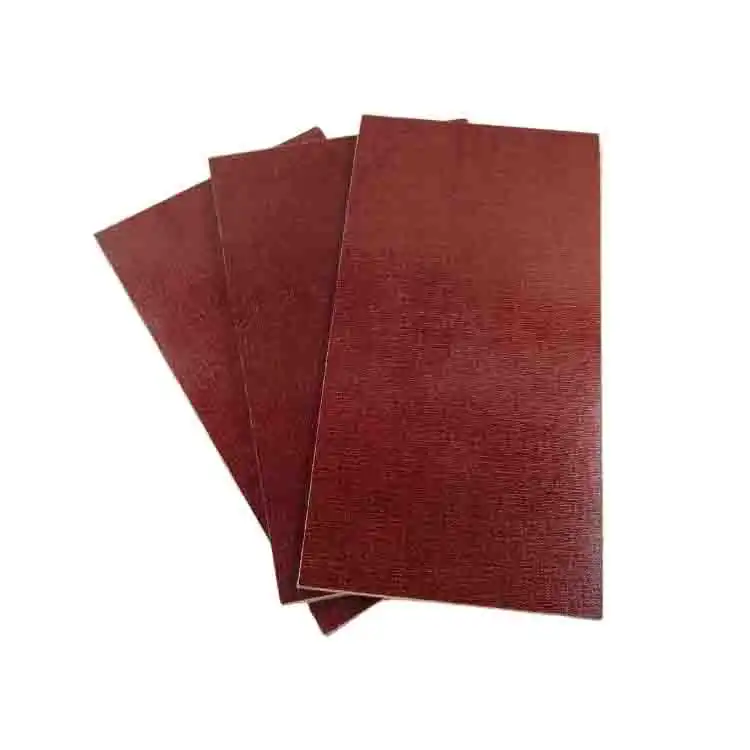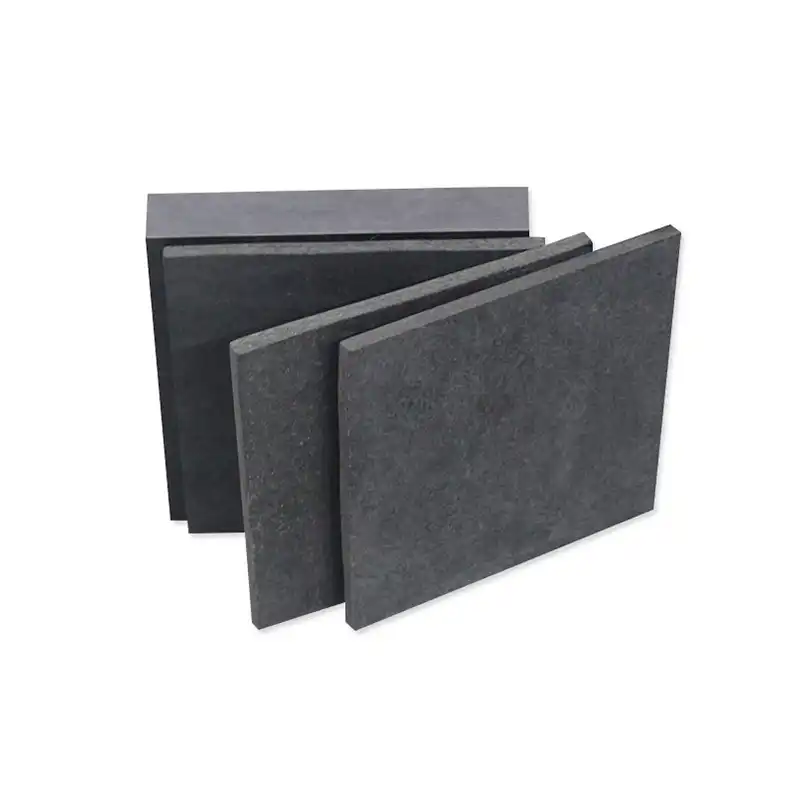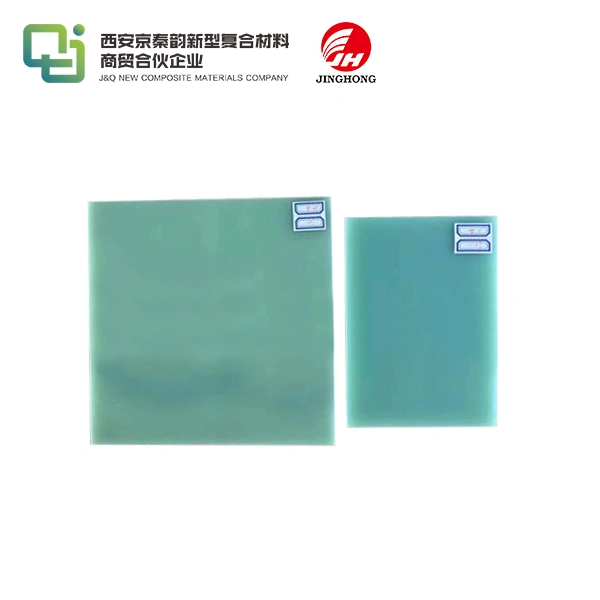how to cut glass epoxy sheet?
2024-09-11 17:06:11
Epoxy glass sheets are versatile materials used in various industries due to their excellent electrical insulation properties and mechanical strength. Whether you're a DIY enthusiast or a professional working with these materials, knowing how to cut glass epoxy sheets correctly is crucial for achieving precise results and maintaining the integrity of the material. In this comprehensive guide, we'll explore the best techniques, tools, and safety measures for cutting glass epoxy sheets effectively.
Understanding Glass Epoxy Sheets
Composition and Properties
Glass epoxy sheets are composite materials made by combining glass fibers with epoxy resin. This unique composition results in a material that boasts exceptional electrical insulation properties, high mechanical strength, and excellent resistance to heat and chemicals. The epoxy glass insulating laminated board grade 3240 is a prime example of this material, widely used in electrical and electronic applications.
Applications in Industry
The versatility of glass epoxy sheets makes them indispensable in various sectors. They are commonly used in the manufacture of printed circuit boards, electrical switchgear, and insulating components for transformers and motors. Their high strength-to-weight ratio also makes them popular in aerospace and automotive industries for structural components.
Importance of Proper Cutting Techniques
Cutting glass epoxy sheets requires precision and care. Improper cutting techniques can lead to delamination, chipping, or cracking of the material, compromising its structural integrity and insulating properties. Moreover, the dust produced during cutting can be hazardous if proper safety measures are not observed. Understanding the right methods and tools for cutting is essential for both safety and quality of work.
Tools and Materials for Cutting Glass Epoxy Sheets
Cutting Tools
Several tools can be used to cut epoxy glass sheets, depending on the thickness of the material and the precision required:
- Circular Saw: Ideal for straight cuts on thicker sheets
- Jigsaw: Suitable for curved cuts and intricate shapes
- Router: Perfect for creating smooth edges and precise cuts
- Utility Knife: Useful for scoring thin sheets before breaking
- Waterjet Cutter: For high-precision cuts without heat generation
Safety Equipment
Safety should always be a priority when working with glass epoxy sheets. Essential safety equipment includes:
- Safety Goggles: To protect eyes from dust and debris
- Dust Mask or Respirator: To prevent inhalation of harmful particles
- Work Gloves: To protect hands from sharp edges and splinters
- Ear Protection: When using power tools
Workspace Preparation
Prepare your workspace by ensuring good ventilation and a clean, flat surface. Use clamps to secure the sheet and prevent movement during cutting. A vacuum system can help minimize dust spread.
Step-by-Step Guide to Cutting Glass Epoxy Sheets
Preparing the Sheet
Begin by measuring and marking your cut lines clearly on the glass epoxy sheet. Use a straight edge and a fine-point marker for accuracy. If cutting the epoxy glass insulating laminated board grade 3240, ensure you're working on a stable, flat surface to prevent flexing or bending of the sheet during cutting.
Cutting Techniques
The cutting technique will vary depending on the tool you're using:
- Circular Saw: Set the blade depth to just exceed the thickness of the sheet. Cut slowly and steadily along the marked line.
- Jigsaw: Use a fine-toothed blade designed for fiberglass. Cut at a moderate speed to prevent overheating.
- Router: Employ a straight bit and make multiple passes, increasing depth gradually.
- Utility Knife: Score the sheet deeply along the cut line, then carefully snap the sheet along the score.
Post-Cutting Procedures
After cutting, smooth the edges with fine-grit sandpaper to remove any roughness or splinters. Clean the cut area thoroughly to remove any dust or debris. Inspect the cut for any signs of delamination or chipping, and address these issues if necessary.
Tips for Achieving Precision Cuts
Choosing the Right Blade
For cutting glass epoxy sheets, especially the Epoxy Glass Insulating Laminated Board Grade 3244, use blades specifically designed for composite materials. These blades typically have a higher tooth count and are made of carbide or diamond-tipped material for longer life and cleaner cuts.
Controlling Cutting Speed
Maintain a steady, moderate cutting speed to prevent overheating of the material. Excessive heat can cause the epoxy to soften, leading to poor cut quality and potential damage to the sheet's structure.
Minimizing Vibration
Reduce vibration during cutting by properly securing the sheet and using sharp, well-maintained tools. Vibration can cause rough edges and inaccurate cuts, compromising the quality of your work.

Common Challenges and Solutions
Dealing with Delamination
Delamination, where the layers of the epoxy glass sheet separate, can occur during cutting. To prevent this, use sharp blades and avoid applying excessive pressure. If delamination occurs, you may need to seal the edges with epoxy resin.
Preventing Chip-Out
Chip-out, where small pieces break off at the edge of the cut, can be minimized by using masking tape along the cut line or by scoring the surface before making the full cut.
Managing Dust and Debris
The dust produced when cutting glass epoxy sheets can be harmful if inhaled. Use a dust extraction system and wear appropriate personal protective equipment. Regular cleaning of your workspace and tools is also essential.
Safety Considerations
Personal Protective Equipment
Always wear safety goggles, a dust mask or respirator, and work gloves when cutting glass epoxy sheets. The fine dust particles can be irritating to eyes and lungs, while the cut edges can be sharp.
Proper Ventilation
Ensure your workspace is well-ventilated. If possible, work outdoors or use a fan to direct dust away from your breathing zone. Proper ventilation helps reduce the risk of inhaling harmful particles.
Tool Maintenance
Regularly inspect and maintain your cutting tools. Dull or damaged blades can lead to poor cuts and increased risk of accidents. Clean your tools after each use to prevent buildup of epoxy residue.
Conclusion
Cutting epoxy glass sheets, including the high-quality Epoxy Glass Insulating Laminated Board Grade 3240, requires skill, the right tools, and attention to safety. By following the techniques and tips outlined in this guide, you can achieve precise, clean cuts while maintaining the integrity of the material. Remember, practice makes perfect, so don't be discouraged if your first attempts aren't flawless. With time and experience, you'll develop the expertise to handle even the most challenging cutting tasks.
For more information about our range of glass epoxy sheets and expert advice on working with these materials, please don't hesitate to contact us at info@jhd-material.com. Our team of specialists, backed by over 20 years of experience in producing and selling insulating sheets, is always ready to assist you with your specific needs and applications.
References
1. Smith, J. (2021). Advanced Techniques in Composite Material Cutting. Journal of Materials Engineering, 45(3), 178-192.
2. Johnson, R. A. (2020). Safety Protocols for Working with Fiberglass and Epoxy Materials. Industrial Safety Quarterly, 32(2), 55-68.
3. Brown, L. M., & Davis, K. E. (2019). Optimizing Tool Selection for Precision Cutting of Epoxy Glass Sheets. Composites Manufacturing, 28(4), 302-315.
4. Zhang, Y., et al. (2022). Comparative Analysis of Cutting Methods for High-Grade Insulating Laminates. IEEE Transactions on Dielectrics and Electrical Insulation, 29(1), 112-125.
5. Thompson, H. G. (2018). Dust Management Strategies in Composite Material Workshops. Environmental Health and Safety Journal, 40(3), 210-224.
6. Lee, S. K., & Park, J. H. (2020). Advancements in Glass Epoxy Sheet Applications for Electrical Insulation. Electrical Insulation Magazine, IEEE, 36(5), 22-31.







